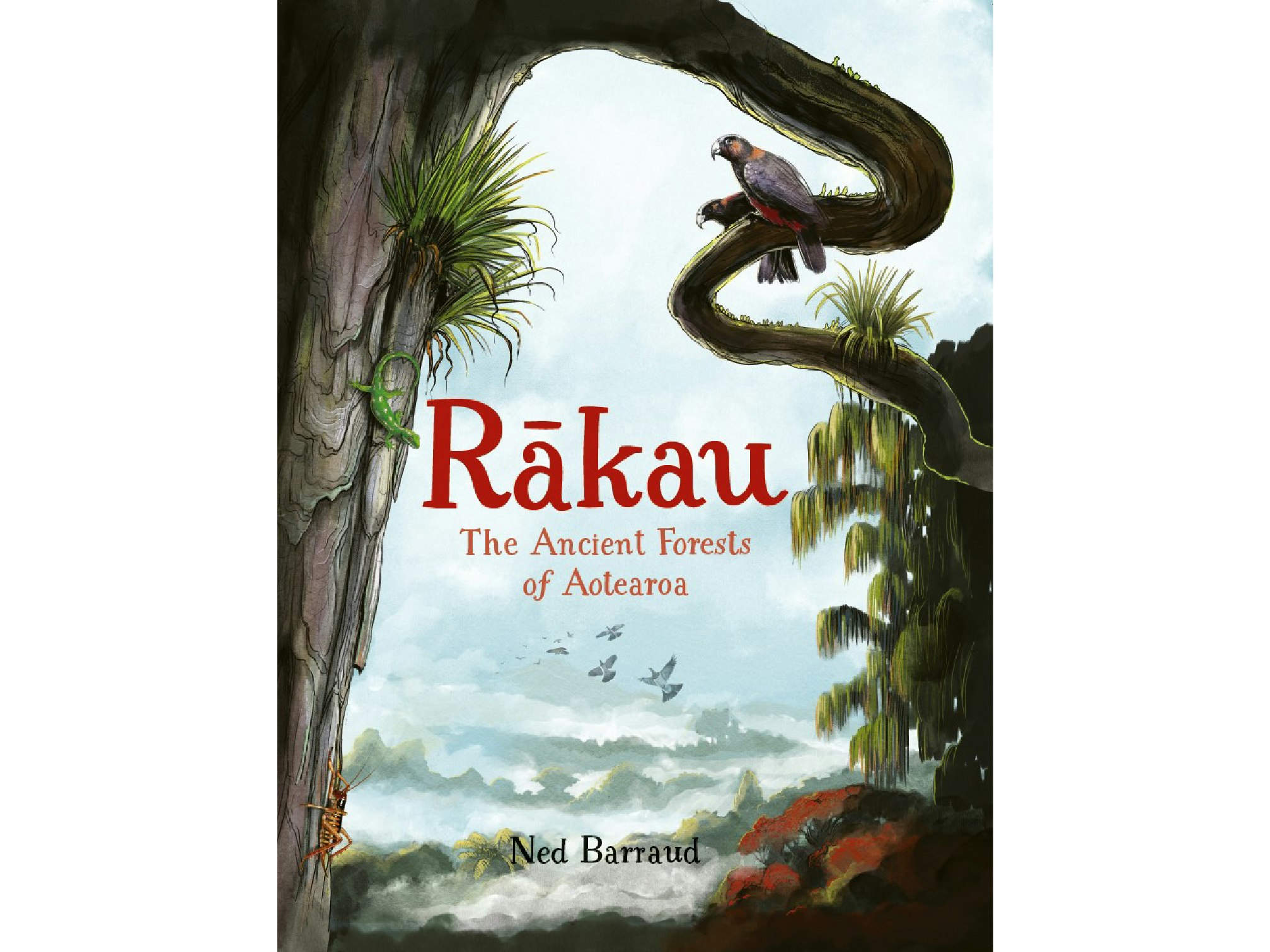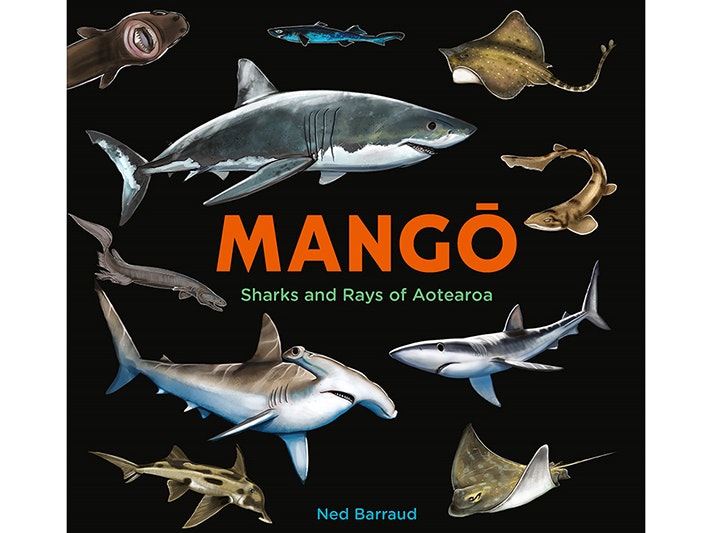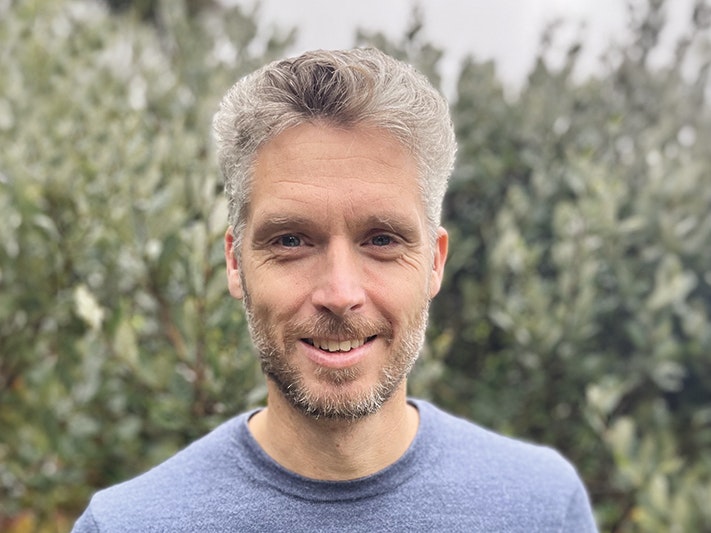
Rākau: The Ancient Forests of Aotearoa
Ideal for both the library and home, this engrossing book helps young readers discover what makes our rākau so special and worthy of our care.
Free museum entry for New Zealanders and people living in New Zealand
Open every day 10am-6pm
(except Christmas Day)
Free museum entry for New Zealanders and people living in New Zealand
Ned Barraud discusses Rākau: The Ancient Forests of Aotearoa with Te Papa Press.
Ned Barraud is an author/illustrator of over twenty children’s books exploring the natural world. These include Tohorā: The Southern Right Whale, Rock Pools: A Guide for Kiwi Kids, New Zealand’s Backyard Beasts and Mangō: Sharks and Rays of Aotearoa, the last of which won an award for children’s natural history at the 2024 Whitley Awards. Along with author Gillian Candler, he has also illustrated the popular Explore & Discover series, which includes the prize-winning At the Beach.
It felt like a natural next step. Our native trees are the silent giants of Aotearoa — they’ve witnessed the reshaping of this land. I wanted to imagine a world of trees, shift the focus upward, and give them space to tell their story.
The sheer interconnectedness. I knew trees supported ecosystems, but learning how giants like rātā or kauri sustain entire communities – mosses, lichens, fungi, epiphytes – one tree can be a whole living world.
Granny Molly had a big garden bursting with life, and one of the largest southern rātā in Nelson! She was a native tree enthusiast, and when I was about 11, she gave me a book on the subject. That spark of curiosity took root early and never left.
We’ve got a few ancient nīkau – I’d guess they’re 150 to 200 years old. You gaze up at them in awe, they’re so iconic. We also have a whole line-up of seedlings that my stepdad lovingly tends. He loves to give them away to whānau.
I’m really excited about these – not just one, but two gatefolds! They’re designed to help readers feel the scale. I used people, birds, and other trees for reference to show just how tall and complex these giants are.
It’s honestly the interplay between all three. Research fills my head, writing helps me shape the ideas, but it’s in the illustration that the heart kicks in – where it becomes a story. That moment when a drawing starts to breathe is pure magic.
Absolutely. I always carry a camera on tramps for reference, and those images became essential during the illustration process. But nothing beats being out there, looking up through the canopy and just absorbing it all.
It was a privilege. Isaac and Leon brought depth, generosity, and precision to the process. Their guidance helped the book hold both science and story in balance – and made it far richer than it would have been otherwise.
Yes! Kaitoke and Ōtari-Wilton’s Bush in Wellington are beautiful. Abel Tasman and the Heaphy Track offer amazing encounters with ancient trees. And right here in Nelson, where I live, the Brook Waimārama Sanctuary has some of the biggest tōtara I’ve seen, just minutes from the town centre.
A sense of reverence. These trees aren’t just scenery – they’re ancient, living guardians. I hope readers come away with a clearer sense of what Aotearoa once was, and what still remains. These giants have seen it all. Our ancestors walked beneath them, and with care they’ll still be standing long after we’re gone.

Ideal for both the library and home, this engrossing book helps young readers discover what makes our rākau so special and worthy of our care.

The fascinating lives of Aotearoa New Zealand’s sharks and rays.

Ned Barraud discusses Mangō: Sharks and Rays of Aotearoa with Te Papa Press.